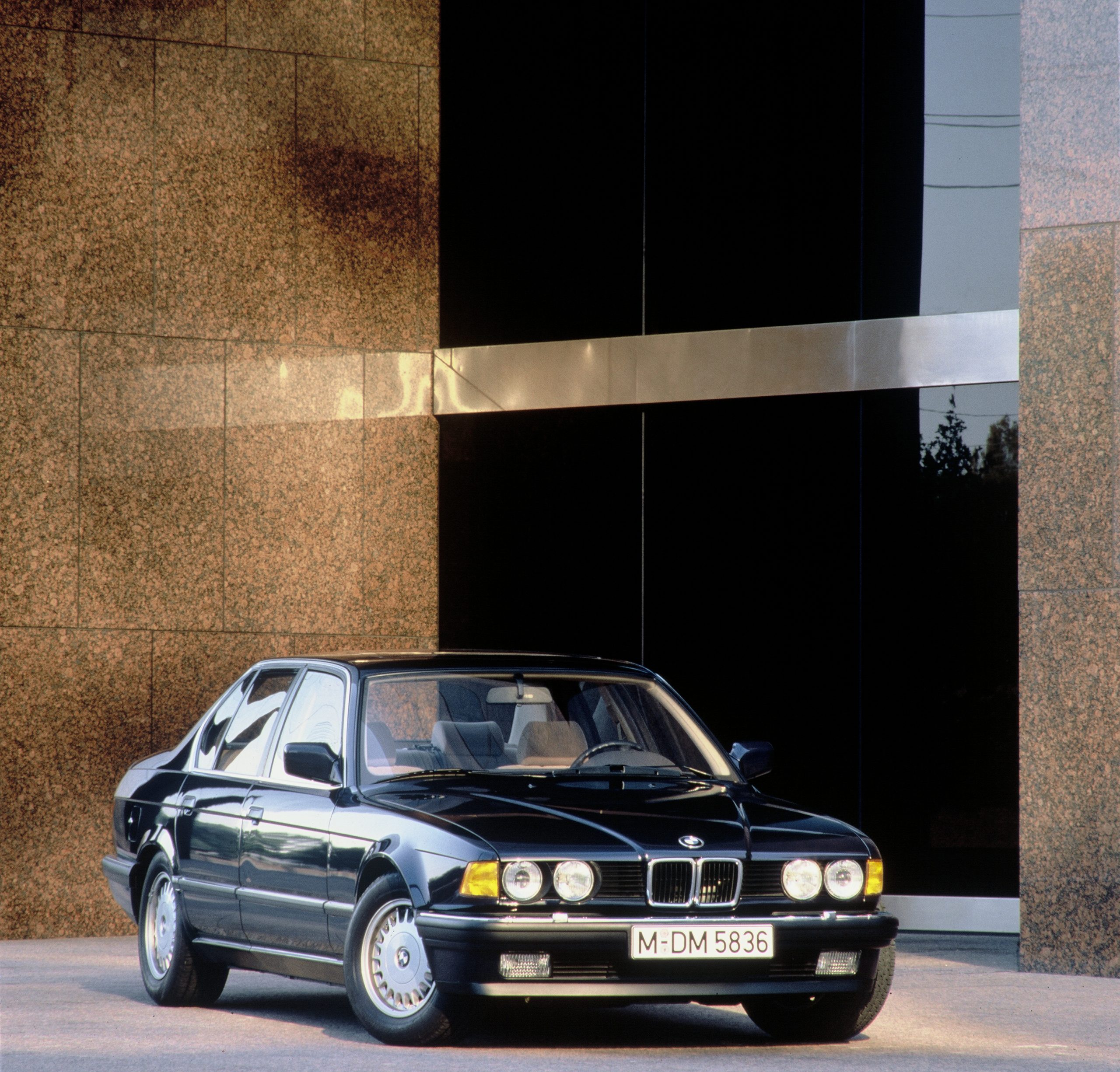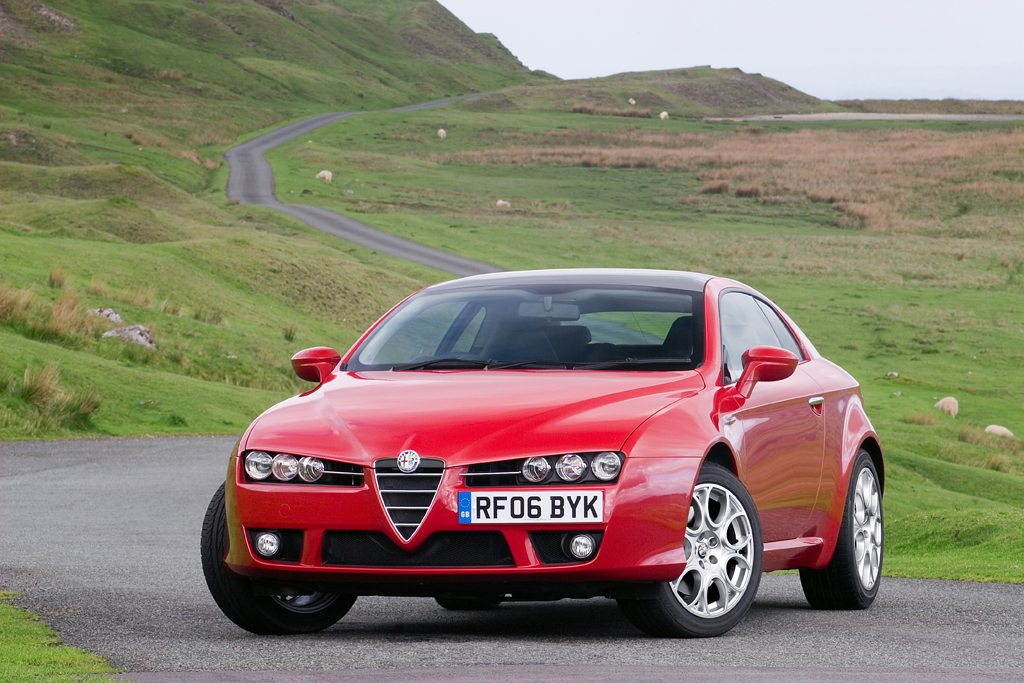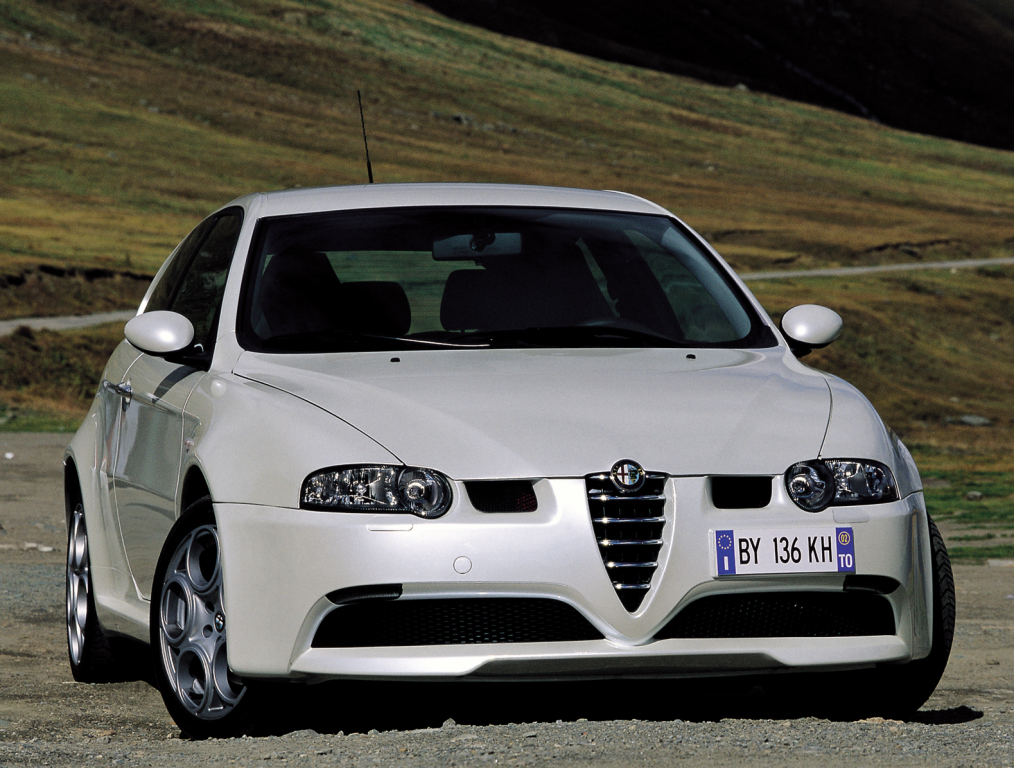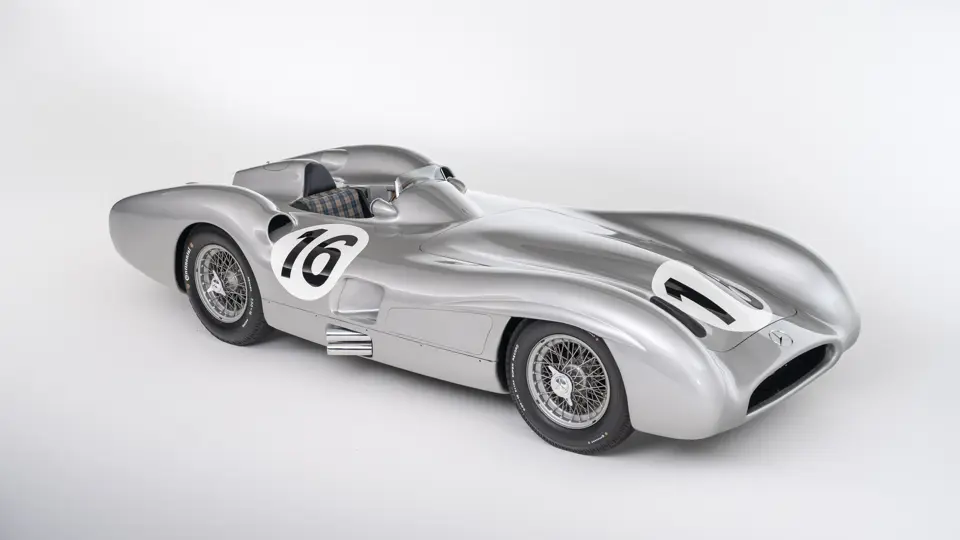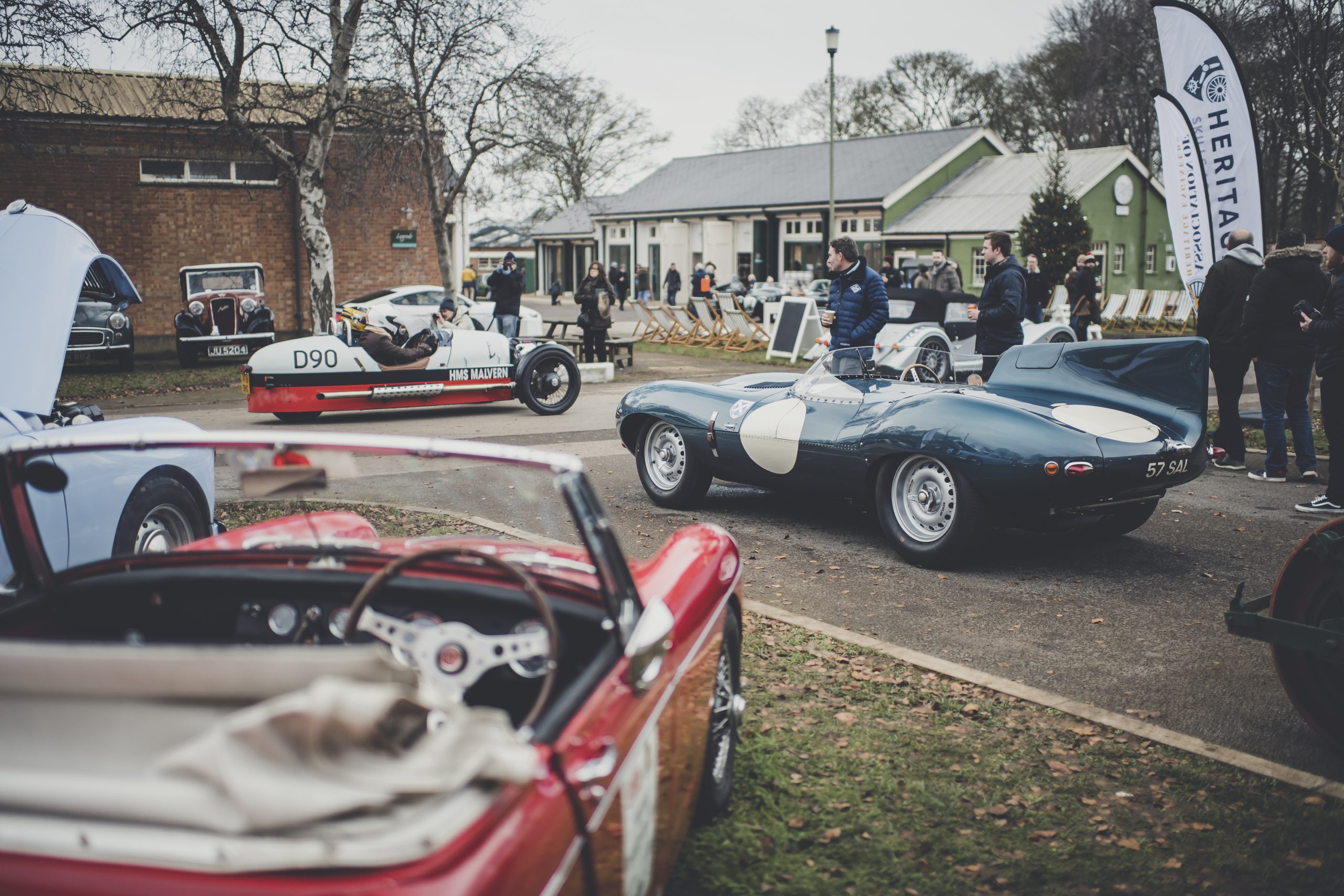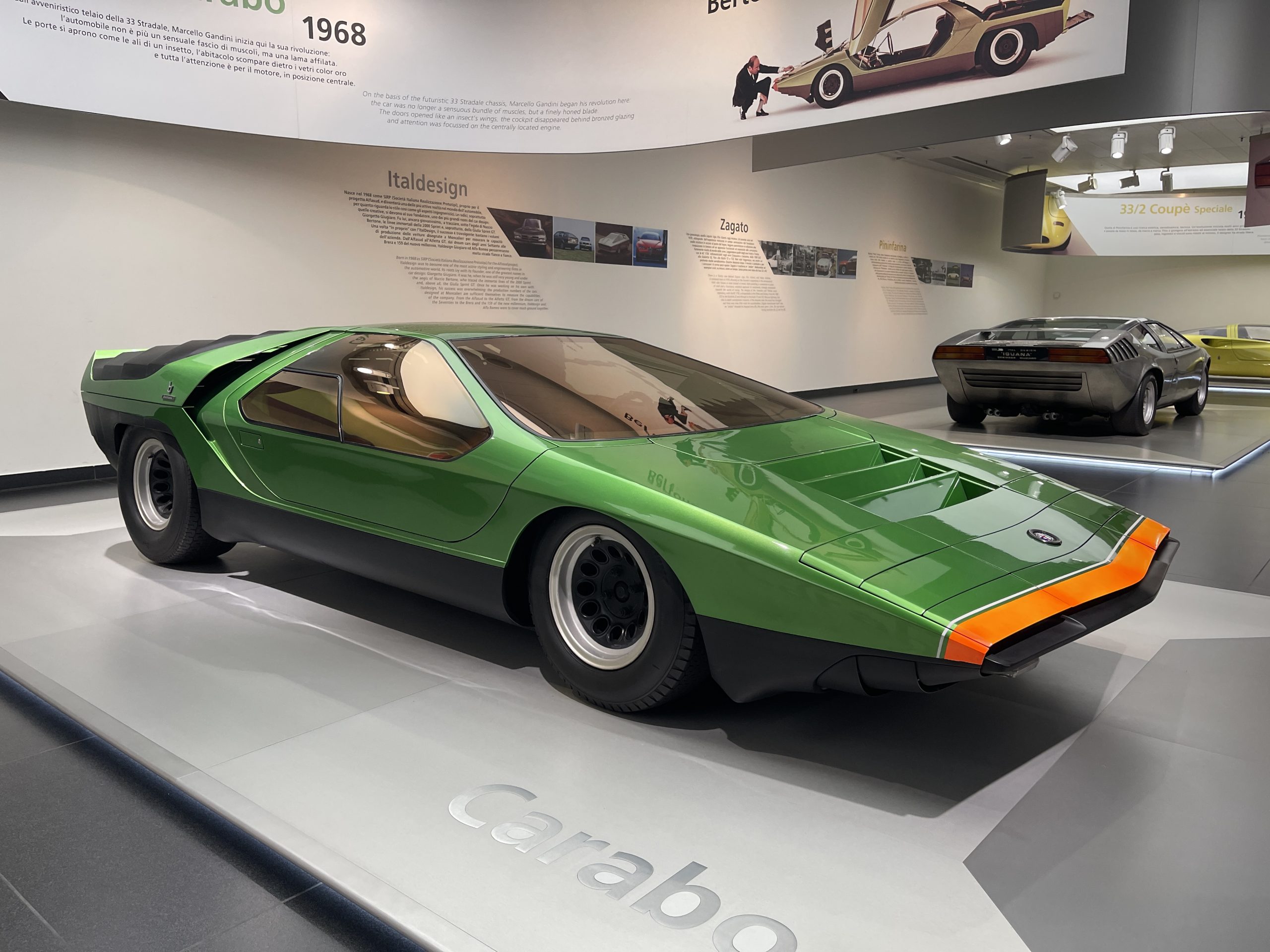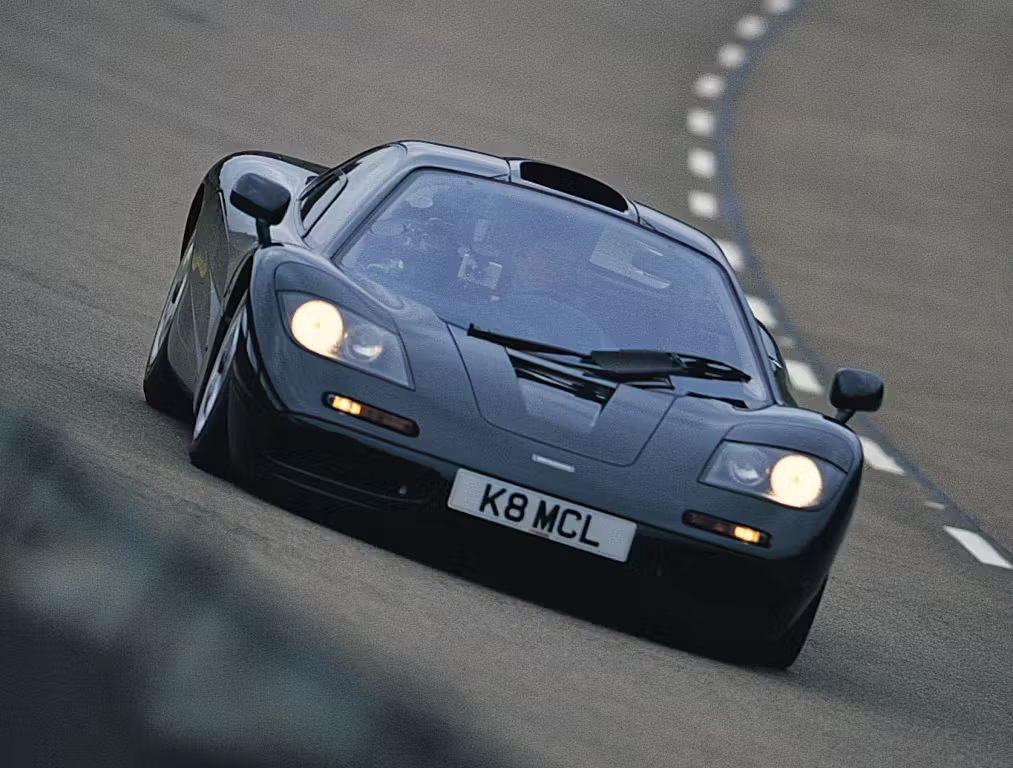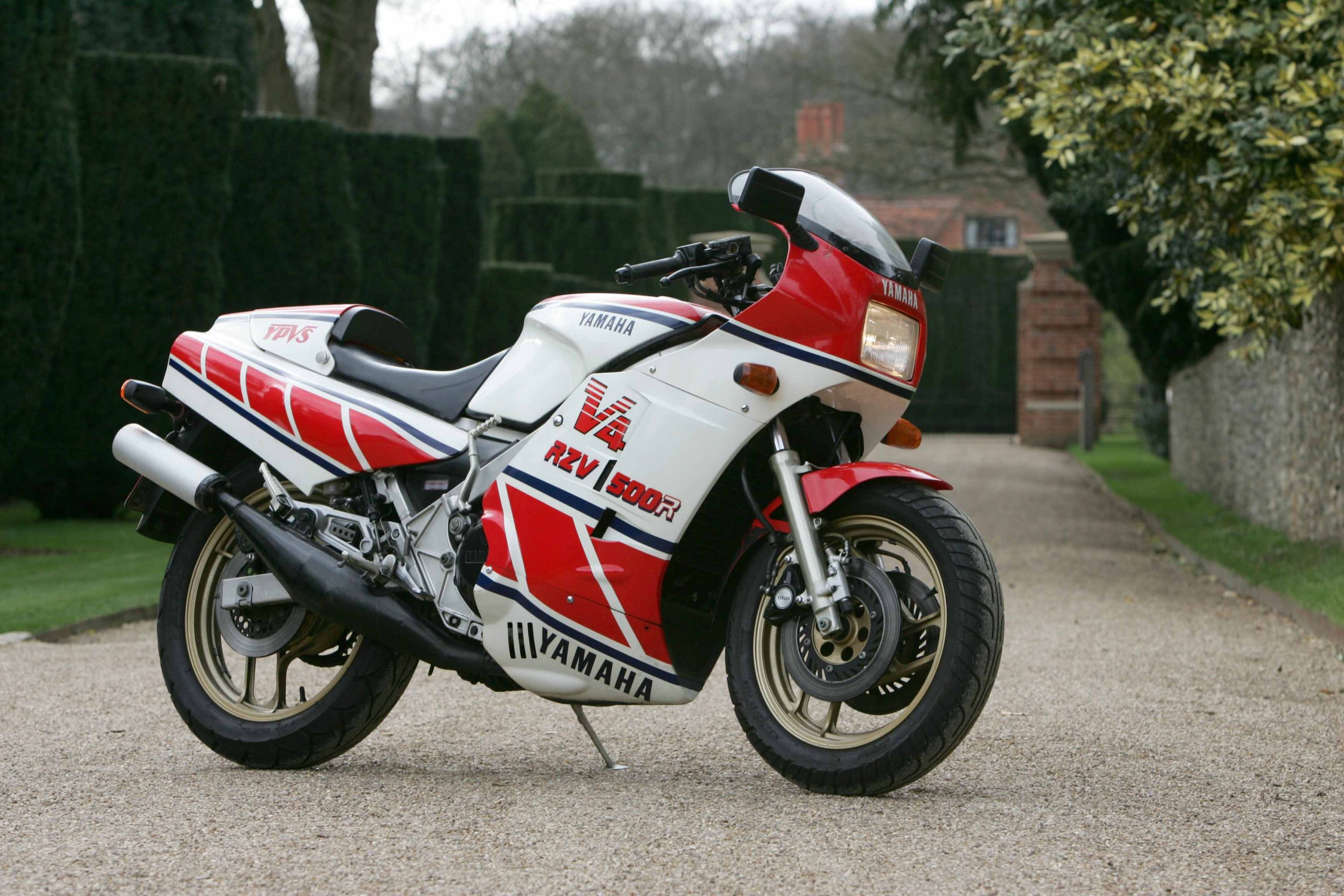Words: Nathan Chadwick
Photography: Manufacturers/writer
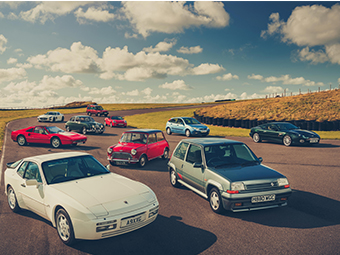
Think classic executive car, and thoughts immediately go to the most powerful, biggest engines – after all, these cars were sold as the ultimate in luxury refinement, built to cosset CEOs and MDs on their daily commute.
A big V8 or V12 and a slushbox automatic could be seen as the pre-requisites for this – effortless surge for wondrous wafting.
The only problem with this is that if you want quiet refinement and instant torque, an EV will be far more effective and won’t cause you to shiver every time you go near a petrol pump. Of course, no modern EV car can really hold a candle to old-school execs in terms of looks and interior rightness.
I too have long considered a classic executive barge but the reality is that, personally, the use case didn’t quite stack up. Too thirsty to use everyday – especially on ‘posh’ E10 fuel – yet lacking the zing that would summon me from my bed at 5am for a drive ‘just because’, the big-cube luxury barge has sadly passed me by.
However, I do love a big car with a small engine, ideally one with a manual gearbox. Such cars are often looked down on – after all, they tended to be the baby of the range with little in the way of the plush comforts the bigger-engined cars got.
There are benefits to that, though – cloth seats don’t leave you sweaty in the summer and a row of blanked-off buttons that denote unticked options means that there’s potentially less to go wrong. I know of one Mercedes-Benz C126 owner who sought out the smallest-engined V8 version to avoid the troublesome rear suspension of the 500 and 560 SEC models.
Then there’s the engine – by and large, executive saloons are designed around their biggest engine option. It’s far easier and cost efficient to engineer the car this way, rather than the other way around. That means that the chassis will be robust, but the engine’s weight much lower.
Not that much lower, however – after all, these behemoths still weigh a lot. That means that the engines have to work harder, your foot further buried in the footwell, leading to all sorts of sonic joys that would otherwise be hidden.
It’s also a much more engaging experience – you really have to learn to drive such cars, particularly so with the manual models, but even if there is a slushbox automatic fitted, manipulating kickdown for ultimate corner getaway is a delight, especially when you end up outdragging model badges further up the sales catalogue hierarchy.
Most of all, however, there’s something delightfully naughty about thrapping something the size of Lancaster around in the manner of a sports car. Of course, the car needs to have some kind of dynamic elan, but there’s a-last-day-at-the-office-before-retirement feeling about revving out an executive car’s engine to the fullest. You end up feeling as if you’ve earned it – and isn’t that what corporate meritocracy is supposed to be about?
Here are three of my classic favourites, and one to think about for the future.
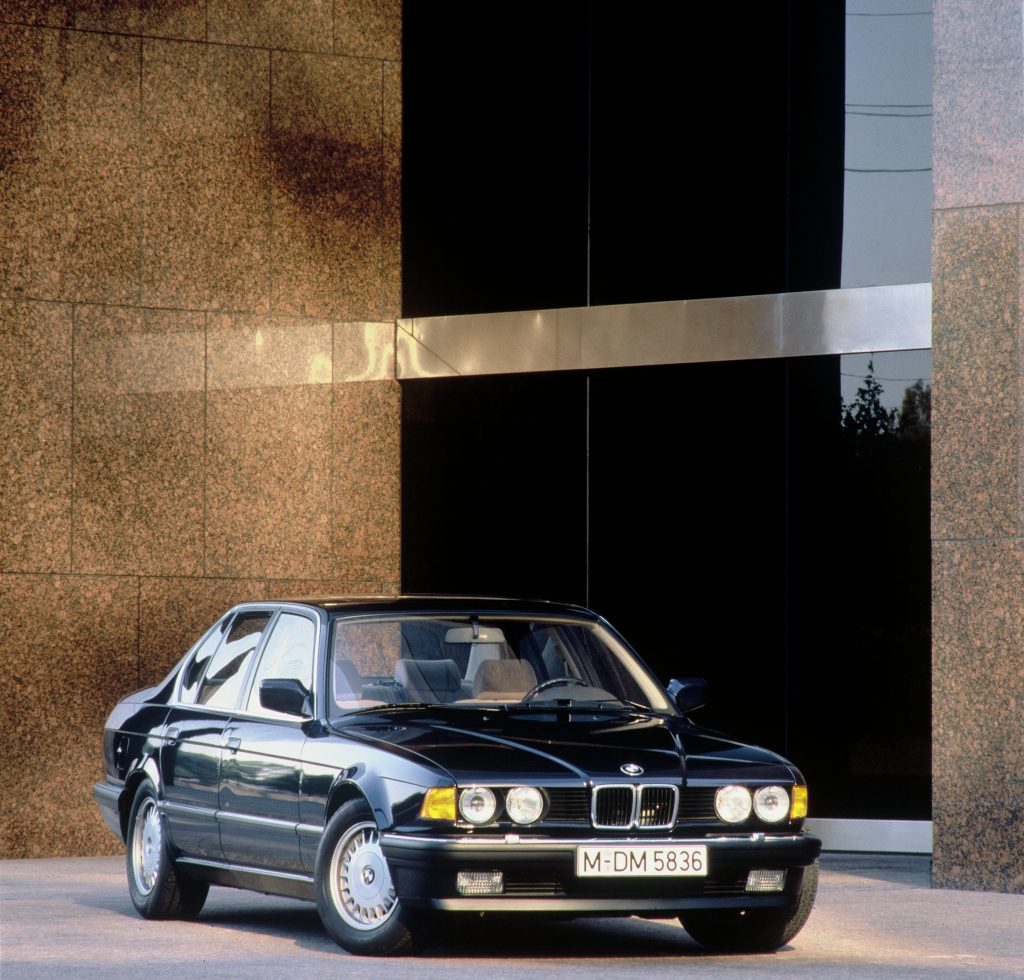
BMW 730i E32
Internet opinion is largely of the view that the E38 example is the true seventh wonder of Munich’s executive class. It is a handsome machine, no doubt, but in a bid to be more like market-leader Mercedes-Benz, the feeling behind the wheel doesn’t quite have the distinctive BMW feeling of other parts of the E-numbered glory days.
Maybe the E32’s visual proximity to the E34 5-Series has counted against it, but it is a glorious silhouette, with almost coupe-like dimensions. First developed by legendary Zagato stylist Ercole Spada before being productionised by Hans Kerschbaum under the watchful eye of Claus Luthe, it is a masterpiece of subtle but powerful design – stylists use the word ‘impressive’.
It was also a trailblazer – it brought traction control, adaptive suspension, dual-zone climate control, projector lens headlamps, double glazing and Zenon headlamps to the game; a big step up over the rakish but perhaps too raw E23 7 Series.
Most importantly, it was the first V8 BMW since 1962 and its first V12 ever – a market decision that would have enormous ramifications for Mercedes-Benz and its next S-Class.
However, it is the M30 inline six that I remember most fondly. I’d been asked to do a ‘cars for sale’ review piece, and what usually happens is that we did two or more cars in a day to make the fuel bill less offensive against the potential revenue of an ad.
This particular BMW specialist had a manual E34 535i, so obviously I made a beeline for that. The other car, well it could have been anything, but it turned out to be a 730i with cloth seats and a manual gearbox.
Hmm, I thought, I’ve got the Berlin taxi specification but as it turned out, it was highly enjoyable – the lightest E32 weighs 1720kg so I got to hear the marvellous M30 inline six scream to the redline as the boss of the dealership and I enjoyed some of the Cotswolds’ finest roads in search of a car wash. I think that was the excuse we agreed on…
In many ways I enjoyed it more than the 535i, just because it was so unexpected. True, the E34 steers more sharply and there’s no hiding the extra bulk of the E32 in the corners, but I came away deeply impressed. It was a true Jekyll and Hyde character, capable of tooling along in serene calm, and then screaming along like an over-endowed 635 CSi. It almost seemed to enjoy being given a bit of stick.
Of course, any 7 Series is a rare beast these days and manual inline sixes probably the rarest of the lot – the common consensus would question the need to save them. However, if you get the opportunity, then it comes highly recommended.
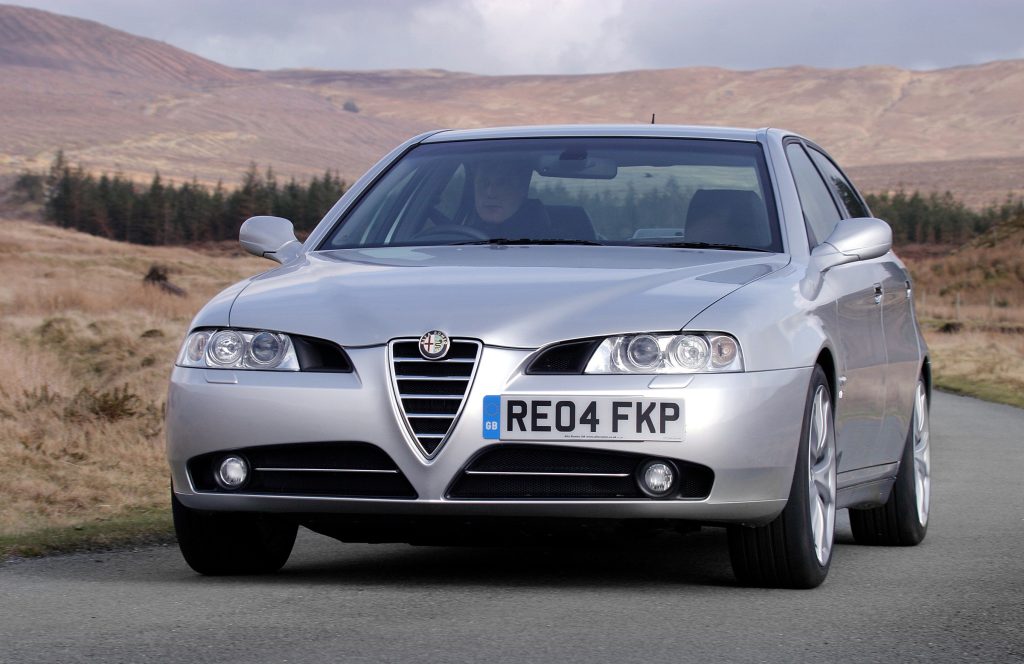
Alfa Romeo 166 2.0 Twin Spark
The 166 is one of those Marmite cars – you either love it or you hate it. That’s most obvious with the challenging styling of the first cars. Essentially a development of the successful 164 but with an advanced multi-link rear suspension, the 166 was launched at a time when front-wheel drive executive cars from outside the German marques were viewed as a deep turn-off.
That’s a shame as its elegant looks – well, apart from the front – were a breath of fresh air against overly-aggressive Germanic design. The Busso V6 engine, initially available in 2.5-litre and 3.0-litre forms, offered big mid-range torque and a heartwarming howl as you encroached on 7000rpm in dials somewhat reminiscent of a Ferrari 550 Maranello. Put a fruity exhaust on and it’ll sound like one too.
We Brits didn’t get a diesel version, which counted against it on the fleet market, but we did get the 2.0-litre Twin Spark engine. Now, 155bhp in a 145, 146, 156 and a GTV is quite good for the mid 1990s. But in the 166, that amount of power in something weighing 1500kg (though probably more when not measured in Italian kilograms) might sound laughable…
However, all of the four-cylinder engine’s weight is far behind the front wheel line, which when combined with the advanced multi-link rear suspension, leads to front-wheel-drive handling more reminiscent of a hot hatch back.
Then there’s the engine – chocolatey bottom ends aside, Twin Sparks are some of the finest four-cylinder engines ever made. Oozing character, it sounds great as you reach for the 7000rpm rev limit.
Which is something you’ll find yourself doing on a regular basis, as it only came with a manual gearbox. In later six-speed form this also means the 166 is surprisingly frugal, regularly getting upwards of 28mpg. However, the fun bit really is about lobbing it down a B-road and, as long as your front tyres aren’t from the Jurassic period, the grip is formidable. I owned a 166 Ti facelift, and it became apparent that it was probably quicker point to point, over B-road terrain, than my 3.2-litre 147 V6 because it soaked up the bumps far better.
Not many 166s were sold in the UK, largely thanks to horrendous depreciation. Those that survive largely live in two camps – pristine enthusiast-owned examples or slightly ropey examples in need of love. Nevertheless, the 166 Twin Spark is a decidedly different, individualist’s choice over the German opposition, and in facelift form, elegantly handsome in a way it always should have been.
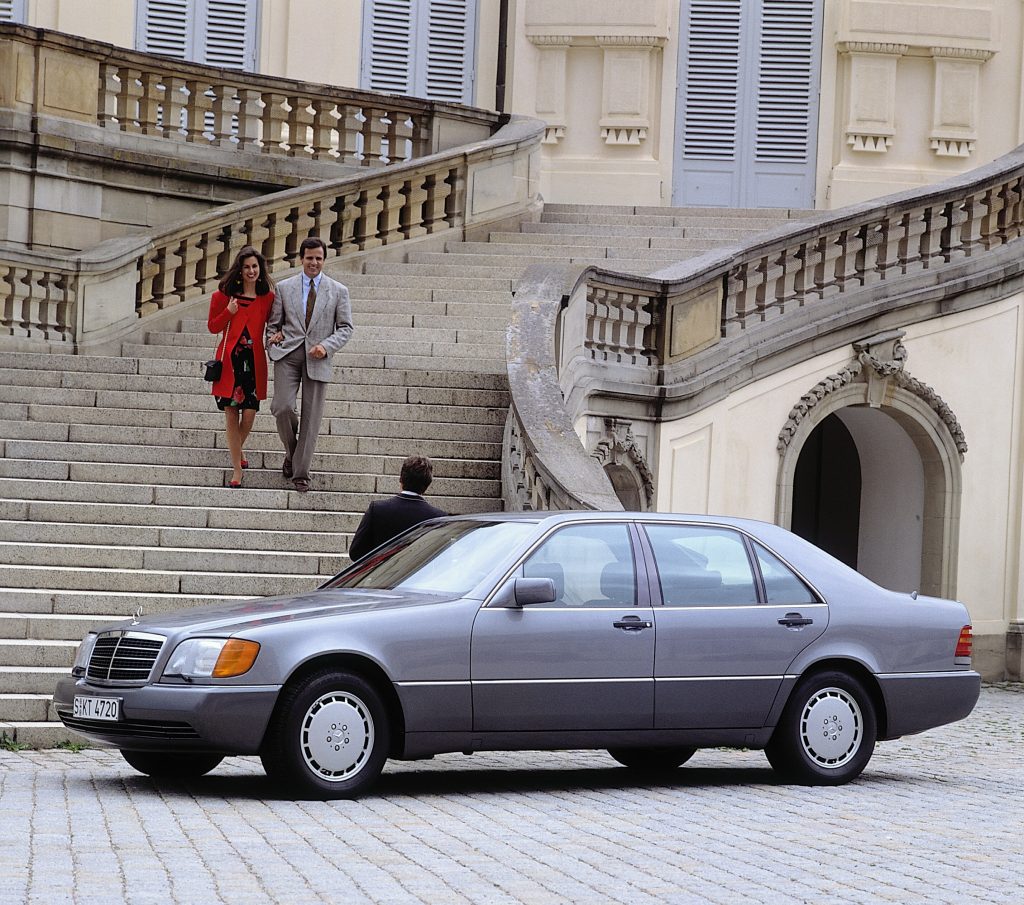
Mercedes-Benz S320 W140
The W140 S-Class sits in an odd place in Mercedes-Benz fandom – lacking the square-cut style of the W124, 190E, W126 and others, it doesn’t appeal to traditionalists. Those with a fondness for new Mercs see it as a bit of a dinosaur. It is, however, one of the most important German cars ever made, with a fascinating story behind it.
The tech onslaught was immense: adaptive damping, sonar-based parking sensors, voice control, electric everything, soundproof glass, stability control… all great things, but it was as heavy as it looked. The lightest W140 is a porky 1880kg, and comes without much of the tech.
The S-Class is best known for its smooth automatic running, but it was possible to get a straight-six engine matched to a five-speed gearbox. In its least powerful state of tune, that gave 190bhp, but the 320 models took this to 228bhp and, most crucially, 232lb ft of torque.
I haven’t driven a manual W140, but I have fond memories of a former editor’s S320. Bought for a grand it, well, it had the foibles you’d expect of an old S-Class, which were largely electrical. Nevertheless it was like a faithful collie, briskly shepherding where you needed to go with minimal fuss. Modern luxury cars struggle to match the W140’s refinement – and that went for Mercedes-Benz too. When they relaunched the Maybach brand, they didn’t bother with the W140’s flimsy replacement and went straight to this over-engineered masterpiece.
However, even without a third pedal the S320 was huge fun to drive, largely because owners of much newer metal couldn’t countenance something this big and old being able to embarrass them so wonderfully out of roundabouts – get the automatic gearbox’s brain working early, get your steering sorted and then await the kickdown thump. A bit like driving a big laggy turbo, only with a massage function for your back.
Of all the cars here it is the W140 that has appreciated most. While Three-Pointed Star fans haven’t quite taken it to their heart yet, the model itself has a passionate following – one that I can fully understand.
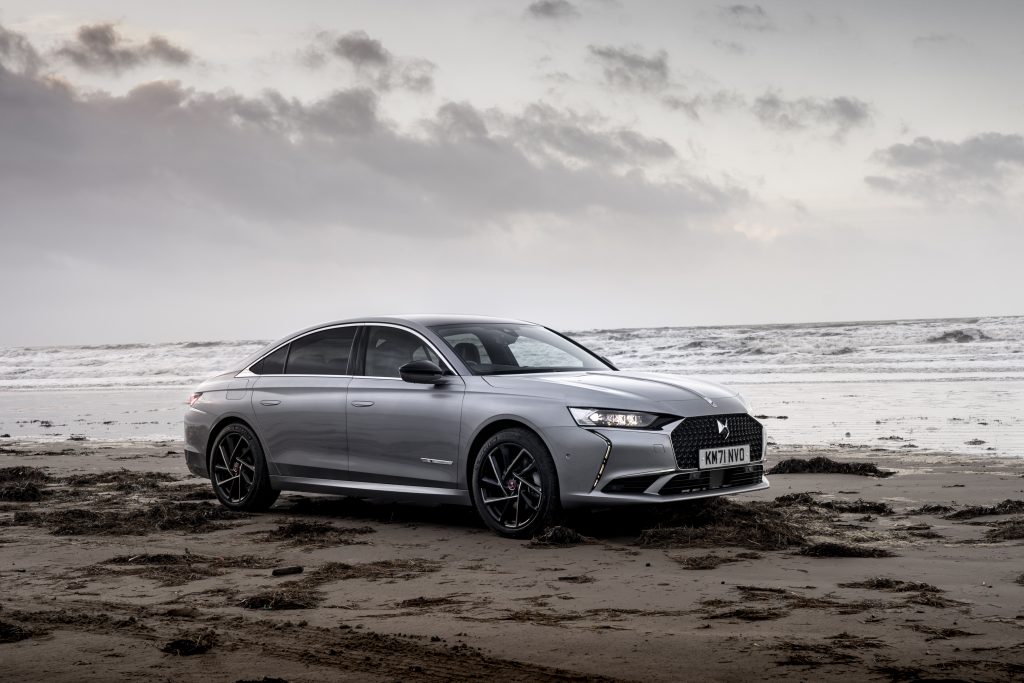
One for the future? DS9
Here’s one for the future – the DS9. I’ll forgive you if you’ve never heard of it, as very few have been sold. But this elegant machine is not long for this world, its woeful sales and horrendous depreciation counting against it.
In many ways, it’s a bit like the Alfa Romeo 166 – elegant, understated, underpowered and worth a fraction of what it cost to buy new after three years. Like the 166 there are some ergonomic quirks – I once had to ask the internet for help with my hire car because the window adjust buttons were hidden under the steering wheel for reasons I can’t fathom.
On the upside, the interior is awash with lovely fabrics and metal pieces, all styled wonderfully. It even has a multi-function massage system that almost makes it worth taking out for a drive by itself.
However, what surprised me was just how agile it was ploughing through the French countryside. It’s only got a four-cylinder turbocharged four-pot measuring 1.6-litres, but hybrid power can push this to 360bhp. The one I drove had 225bhp, but I didn’t really care. I had to actually drive it – which is what enjoying cars is all about?
In fact I enjoyed it so much I started researching a purchase. A three-year-old example is now half the amount it cost new. Could it be a secondhand bargain and an underrated classic of the future?
Let us know your small engined, big car favourites.
